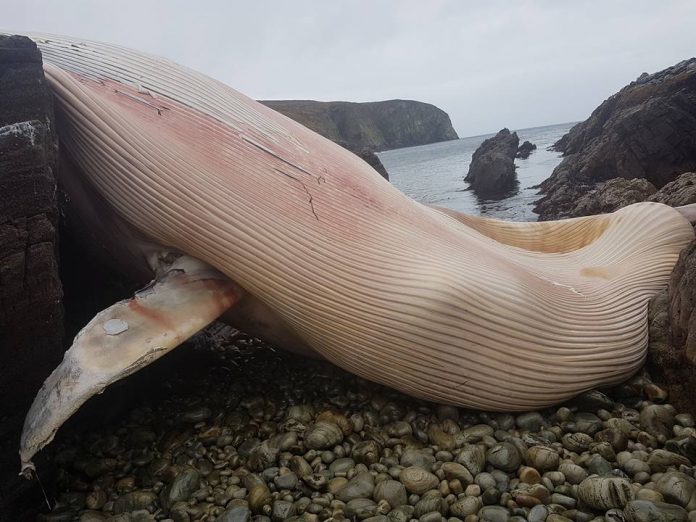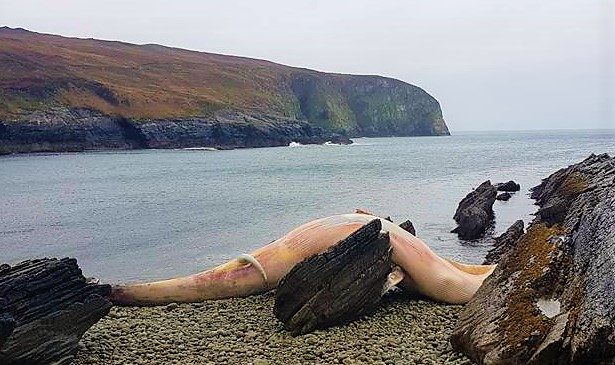OF THE
TIMES
The course of life and labour reminds me of a long journey I once took on the railway. Suddenly, there was a breakdown ahead, and passengers took the event in various ways. Some of them sat still resignedly, and never said a word. Others again, went to sleep. But some of us leaped out of that train, and ran on ahead to clear the road of all obstructions.
Duh - that is what Facebook was made for. Capture an existing and promising market with a tax-$$$ / 3-letter-agency sponsored "entrepeneur", to...
Why are the British involved? Britain's Foreign Secretary, David Cameron, says that Britain would respond with "very strong action" if another...
If 99% of the barrage was neutralised, the 1% seems a fair and limited response to Israel's earlier act of war, but as ever with Israel, they are...
A presidential candidate tried to influence the election result :O The result is an improbable farrago of 34 counts of falsifying business records...
Um, whut? Why is this coming out now? Talk about deflecting from the real issues
To submit an article for publication, see our Submission Guidelines
Reader comments do not necessarily reflect the views of the volunteers, editors, and directors of SOTT.net or the Quantum Future Group.
Some icons on this site were created by: Afterglow, Aha-Soft, AntialiasFactory, artdesigner.lv, Artura, DailyOverview, Everaldo, GraphicsFuel, IconFactory, Iconka, IconShock, Icons-Land, i-love-icons, KDE-look.org, Klukeart, mugenb16, Map Icons Collection, PetshopBoxStudio, VisualPharm, wbeiruti, WebIconset
Powered by PikaJS 🐁 and In·Site
Original content © 2002-2024 by Sott.net/Signs of the Times. See: FAIR USE NOTICE


Comment: See also these dead cetacean summary reports for this country: Another record-breaking year for whale and dolphin strandings around Ireland
For 2016, view: Record year for cetacean strandings in Ireland as fin whale washes up on Dublin beach